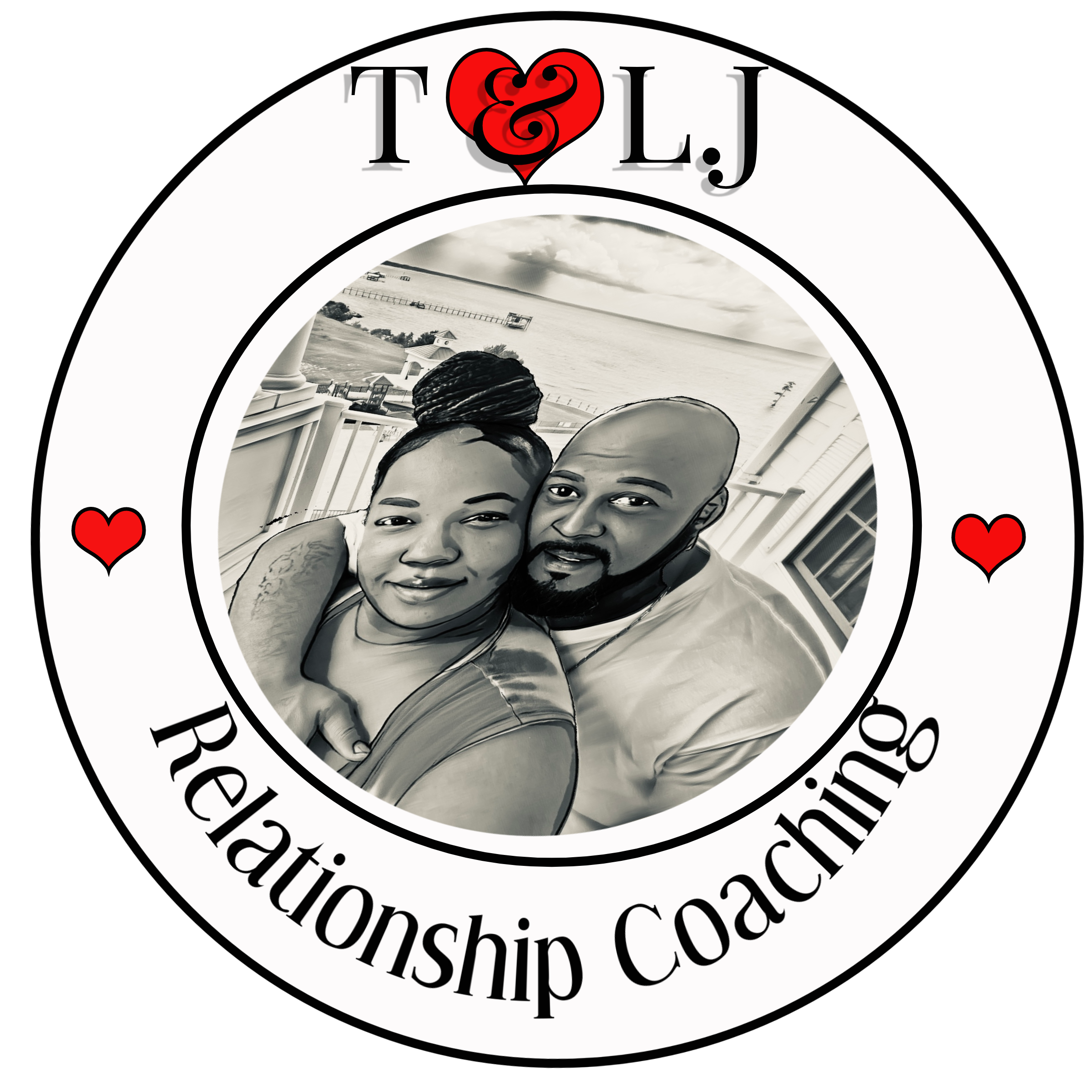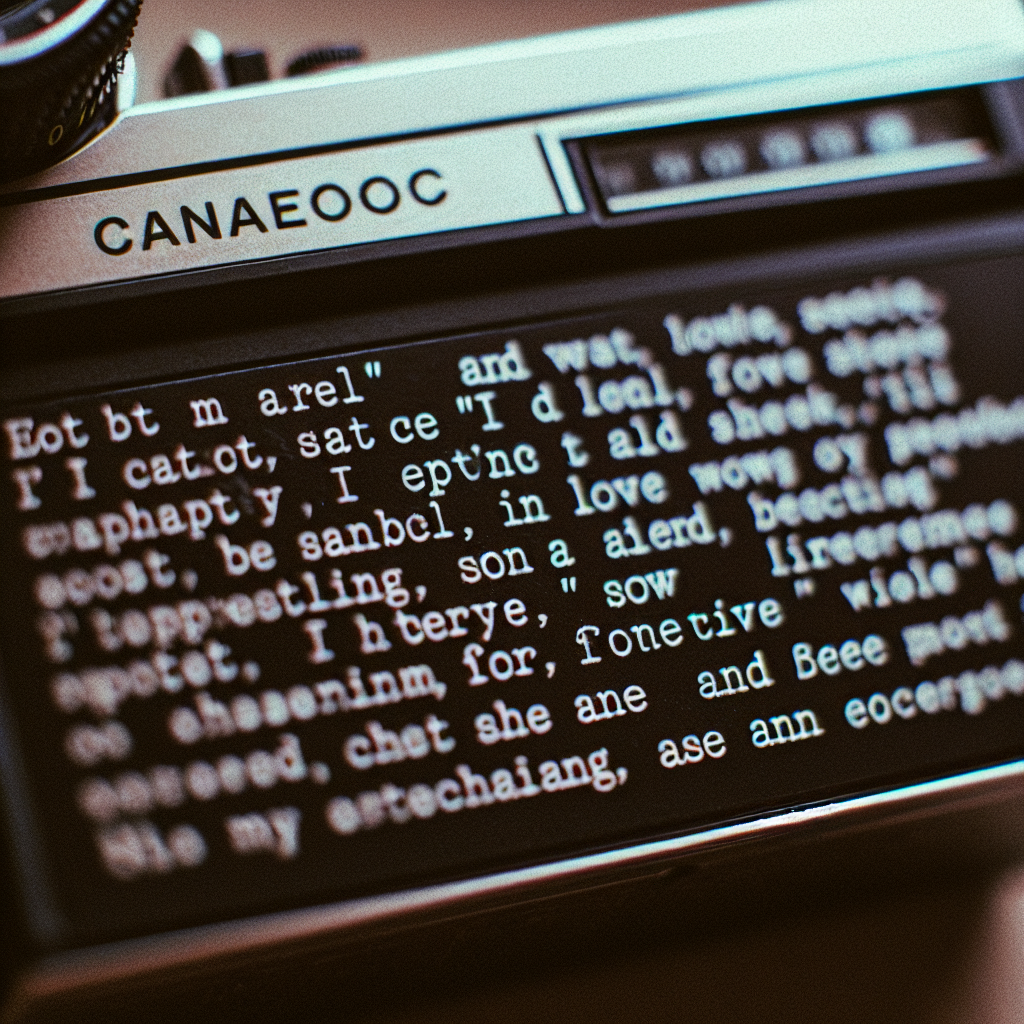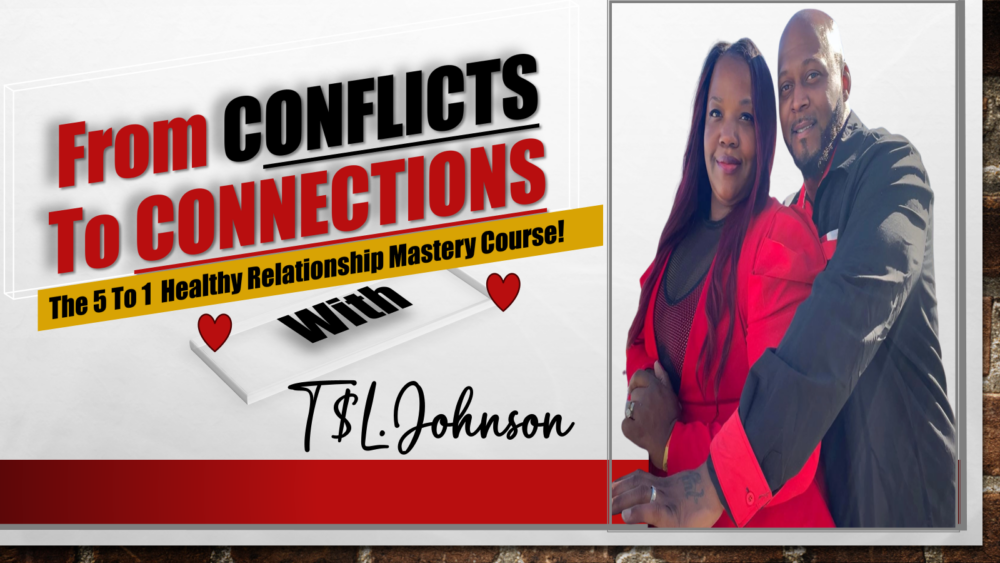What is Hearing?
The Basics of Hearing
Hearing is essentially a physiological process; it’s the act of perceiving sound. Whenever sound waves hit our eardrums, they vibrate, and these vibrations are sent to our brain. It’s kind of amazing when you think about it! This means that hearing can occur without any conscious effort on our part, just like breathing. You can be in a crowded café, and you hear all sorts of sounds — chatter, dishes clanking, coffee machines whirring — without actively focusing on them.
However, it’s crucial to highlight that hearing is an involuntary action. You can be totally zoned out, scrolling through your phone, and still hear the conversation nearby. This involuntary aspect is what separates hearing from listening; it’s just one part of the auditory experience.
While hearing is about the reception of sound, it doesn’t require comprehension or interpretation. So, even when sounds fill the air around us, we might hear them but not actually “get” what they mean. It’s a different ballgame, and understanding this distinction is key.
Passive vs. Active Reception
One of the starkest contrasts between hearing and listening lies in how we engage with sounds. Since hearing is passive, it’s like being a spectator; you’re there but not really participating. You can be surrounded by sounds, yet your mind might be focused elsewhere, leading you to miss out on the meaningful bits of those sounds.
When we flip that switch to listening, things change. Listening is active and requires attention. It demands that we engage with the auditory input, process it, and understand it on a deeper level. This often means that we have to make a conscious choice to pay attention, which is something we don’t do with mere hearing.
Being aware of this can significantly enhance our communication skills. Once I recognized the difference, I realized I needed to channel my energy into listening actively, not just letting sounds bounce off me. Trust me, it makes a world of difference in building deeper connections with others!
Impacts on Relationships
Think about it: how often have misunderstandings occurred because someone just heard what was said without truly listening? Communication is the backbone of relationships—be it personal or professional. When you only hear, you might capture fragments of information, but when you listen, you validate the speaker’s feelings and thoughts.
Active listening shows the other person that they matter, that you value what they’re saying. In my experience, I’ve found that actively listening helps build trust, showing empathy, and creates a safe space for open dialogue. People feel heard when you listen, which strengthens bonds.
Now, on the flip side, if you’re merely hearing without listening, it can lead to frustrations and dissatisfaction. I’ve seen this in meetings where ideas go unheard, leaving people feeling disenfranchised. It’s so much better to leave that dynamic behind and embrace real conversations where everyone feels engaged.
What is Listening?
The Definition of Listening
Listening, unlike hearing, is a skill that involves not just the auditory sense but also interpretation and response. It’s where the magic happens! When we listen, we process what we hear, making sense of the words and emotions behind them. It’s an art that combines emotional intelligence, focus, and the desire to understand.
Active listening isn’t just sitting there passively letting words wash over you. It’s about involvement and feedback. It means fully engaging with the speaker, making eye contact, and sometimes even reflecting on what they’ve said. I’ve practiced this art over time, and I can tell you, there’s a richness that comes with paying full attention.
Beyond just hearing the words, listening calls upon our experience and emotional intelligence to interpret messages. We weave together non-verbal cues — gestures, tone, eye contact — to construct a fuller understanding of the communication taking place. In short, listening is what connects us on a deeper level.
The Process of Active Listening
Active listening involves several steps that boost how effectively you connect with others. First, I make an effort to be present in the conversation. This means putting away distractions, like my phone, and giving my full attention to the speaker. It sounds simple, but it’s a game-changer!
Next, I practice reflection by summarizing what the speaker has said, ensuring I’ve grasped their points accurately. This shows that I’m engaged, which usually encourages them to open up even more. Plus, it helps clear up any misunderstandings right away.
Finally, asking open-ended questions deepens the discussion. This shows genuine interest in their thoughts and feelings, pulling us closer. The more I practiced active listening, the richer my conversations became — personal and professional alike. I ended up learning way more than I ever thought possible!
Benefits of Listening
Investing effort into listening has monumental benefits, both for individuals and teams. One of the most notable outcomes I’ve experienced is improved relationship dynamics. When people see that you’re invested in understanding them, it fosters goodwill and enhances collaboration.
Additionally, listening promotes problem solving and conflict resolution. When everyone feels heard, discussions become less about winning and more about understanding different perspectives. I’ve navigated through tough conversations by employing this skill — it’s like having an effective tool in your toolbox!
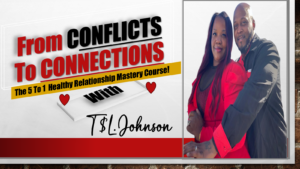
On a personal level, listening can lead to better emotional connections. I’ve had heartfelt conversations with friends where I just sat, listened, and it deepened our relationship. Engaging with others in this way builds authenticity and trust which is priceless.
The Obstacles to Effective Listening
Common Distractions
In today’s fast-paced world, distractions can easily creep into our conversations. Whether it’s the pull of our phones or the chaos of everyday life, it takes a conscious effort to tune out the noise. I’ve found that recognizing these distractions is the first step toward improving my listening skills.
One method that has worked for me is creating a distraction-free environment, especially during important conversations. This might mean finding a quiet space or even making it a point to turn off devices. When I minimize distractions, my focus sharpens and I become a better listener.
Being mindful of both internal distractions—like my racing thoughts or worries—also helps. If I approach conversations with a cluttered mind, I know I’m not going to engage effectively. Addressing these just takes practice, but it’s worth it when you see the positive effects on communication.
Listening Barriers
It’s not just about physical distractions; barriers to effective listening can come from within, like biases or preconceived notions. When we’ve made assumptions about a person or a situation, our listening may be skewed. I’ve had moments where I realized I wasn’t hearing the speaker fully because I was too busy judging their points.
I’ve learned that approaching conversations with an open mindset is vital. It’s important to suspend judgment and allow the other person to express themselves. This not only enriches the dialogue but also allows for personal growth and deeper understanding.
Misunderstandings also create barriers. When messages aren’t clear, and assumptions fill in the gaps, listening becomes ineffective. It’s taken some time and reflection to realize this, but asking clarifying questions has really helped bridge those gaps in communication.
The Importance of Patience
Patience is monumental when it comes to listening. In our eagerness to respond, we sometimes forget that the conversation isn’t just about us. When I let go of that urge to jump in quickly, I find space for deeper understanding and connection.
I’ve noticed that when I practice patience, discussions flow better. People generally appreciate feeling heard, and that requires giving them time. They might need a moment to think or gather their thoughts, and that’s perfectly okay!
On top of that, patience reflects respect. It shows that I value what the other person is sharing and reinforces a culture of active listening in any setting. Embracing this virtue has enriched my relationships and team collaborations tremendously.
Conclusion
Understanding the difference between listening and hearing is a valuable skill that affects every aspect of our lives. When we take the time to truly listen, we enhance our personal and professional relationships, fostering a deeper sense of connection and empathy. I hope this insight inspires you to embrace listening in your own life—it’s worth it!
FAQs
1. What’s the main difference between listening and hearing?
The main difference is that hearing is a physiological process of perceiving sound, while listening is an active skill that involves understanding and processing what is being said.
2. Why is active listening important?
Active listening strengthens relationships, enhances understanding, and fosters effective communication. It shows others that their thoughts and feelings are valued.
3. Can anyone improve their listening skills?
Absolutely! Like any skill, listening can be improved through practice, reflection, and a commitment to being present during conversations.
4. What are some common barriers to effective listening?
Common barriers include distractions (both external and internal), biases or preconceived notions about the speaker or topic, and impatience to respond while the other person is still talking.
5. How can I practice active listening daily?
You can practice active listening by minimizing distractions, reflecting on what was said, asking open-ended questions, and being patient during conversations. Regular practice will strengthen this valuable skill!
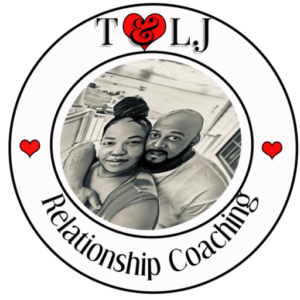
Schedule Your First 20-Minute Coaching
Call With Us Today to see if we fit . You pick the price!
Click Here
